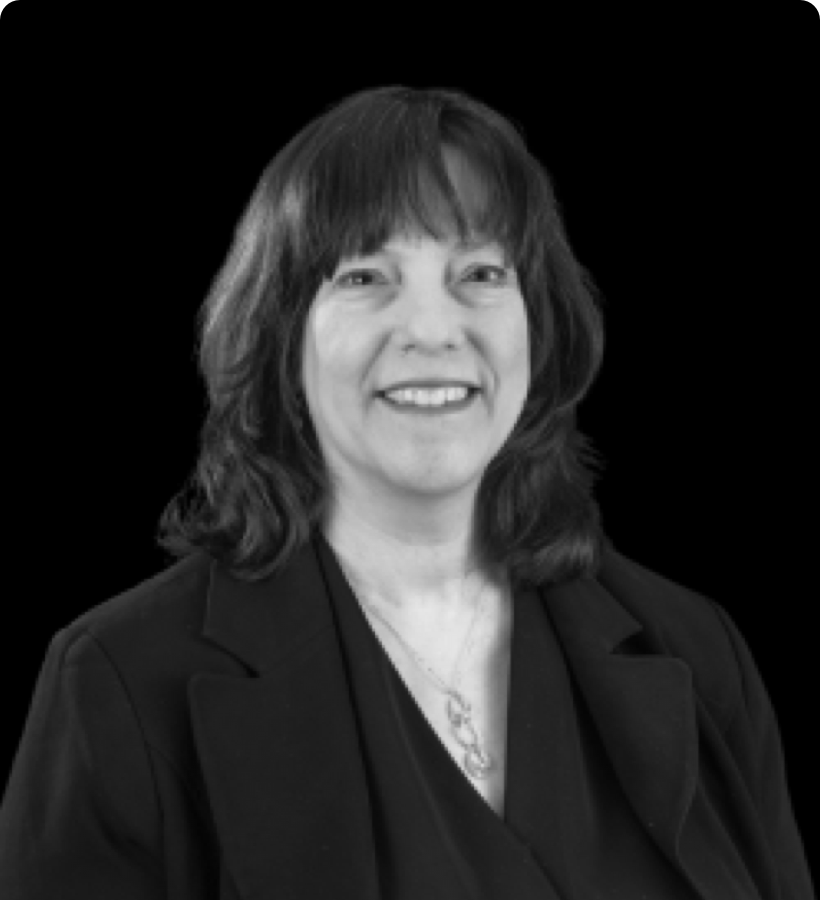Abstract
Traumatic brain injury (TBI) commonly impacts on the connections and interactions between signals from sensory, cognitive, motor and emotional systems and signals transmitted via both visual and non-visual retinal fiber pathways. The non-visual retinal pathways are actively involved in aspects of living, such as spatial orientation, auditory localization, circadian rhythm and motor function. Non-visual retinal signal processing and linkage dysfunctions require more than specialized neuro-ophthalmologic or traditional eye care evaluation. Neuro-optometric techniques, such as discussed herein, are necessary to test the complex, often overlooked interrelationships among these systems. As part of a multi-disciplinary approach, neuro-optometric intervention is an essential consideration for the optimal diagnosis, treatment and rehabilitation following a TBI.
Authors: Deborah Zelinsky (2007 Feb 8)AI Summary
This article explores how traumatic brain injuries (TBI) affect the interactions between sensory, cognitive, motor, and emotional systems—particularly through the visual and non-visual retinal pathways. These pathways play a crucial role in spatial orientation, auditory localization, circadian rhythms, and motor function. Traditional eye care is often insufficient in addressing these complexities, making neuro-optometric techniques essential for diagnosis, treatment, and rehabilitation.
Who is this for?
This article is for healthcare professionals treating TBI, including neuro-optometrists, neurologists, rehabilitation specialists, physical and occupational therapists, researchers, and policymakers. It emphasizes the limitations of standard eye exams in TBI cases and the need for specialized neuro-optometric care to improve sensory integration, motor function, and recovery outcomes. The article also highlights the role of vision in brain function and advocates for a multidisciplinary approach. While aimed at professionals, TBI patients and caregivers may also find value in understanding the benefits of neuro-optometric rehabilitation for long-term recovery.
Key Points
Retinal Processing & Sensory Integration
The retina contains over 100 million receptor cells, contributing to sensory overlap and complex processing.
Retinal signals influence both visual and non-visual centers in the brain, even when eyes are closed.
Neuro-Optometric Information Processing
Vision processing is not linear; it involves dynamic stimulus-response cycles with feedback from multiple systems.
The retina is mapped onto the superior colliculi, and different brain regions are activated depending on how light enters the eye.
Retinal Mapping & Yoked Prisms
Yoked prisms, which shift visual input uniformly, have been shown to help treat vision disorders in TBI patients.
They aid in stabilizing sensory integration by aligning spatial perception.
Optometry’s Role in Sensory and Motor Systems
The visual system interacts with both the autonomic and central nervous systems.
External stimuli influence body chemistry, affecting hormones, neurotransmitters, and overall patient response.
Challenges in Standard Eye Examinations for TBI Patients
Traditional optometric exams focus on central vision and exclude peripheral retinal functions, limiting their effectiveness in TBI rehabilitation.
Neuro-optometric tests provide deeper insights into sensory integration and retinal function.
Neuro-Optometric Tests for TBI Diagnosis
Four key tests are highlighted for evaluating sensory stability and retinal sensitivity:
Vision's Impact Beyond Seeing
More than 30% of the human cortex is devoted to visual processing, influencing posture, balance, limbic system activity, and other sensorimotor functions.
The Role of the Neuro-Optometric Rehabilitation Association (NORA)
Founded by Dr. William Padula in 1989, NORA promotes neuro-optometric treatments to address visual-motor, visual-perceptual, and visual-information processing dysfunctions in neurologically affected patients.
A multidisciplinary approach is emphasized for effective rehabilitation.
Conclusion: Neuro-optometric intervention is a crucial component of TBI rehabilitation, as vision plays a key role in overall sensory integration. Traditional eye exams are insufficient for addressing the complexities of TBI-related visual dysfunctions, making specialized neuro-optometric testing and treatment essential.
Real Patient Application
Dr. Zelinsky prescribed Fawne a pair of therapeutic “brain” glasses. “I was so excited when I received them, I instantly put them on and then, ‘whoosh,’ I felt myself returning back into my body and having a relationship with the world again,” Fawne said. “I could see that I am here, the wall is there, and my bed is over there. Until then, I had failed to understand how badly out of connection I had been with my environment."
Interested in learning more?
At the Mind-Eye Institute we understand that interactions between the electrical and biochemical pathways in the brain affect physical, physiological and psychological systems. Visual interventions that alter retinal signaling pathways impact both the electrical and biochemical systems.
To learn about next steps for registering as a patient or registering a child as a patient, please call the Mind-Eye Institute office at 847.558.7817 or you can fill out our online New Patient Inquiry Form provided here.


